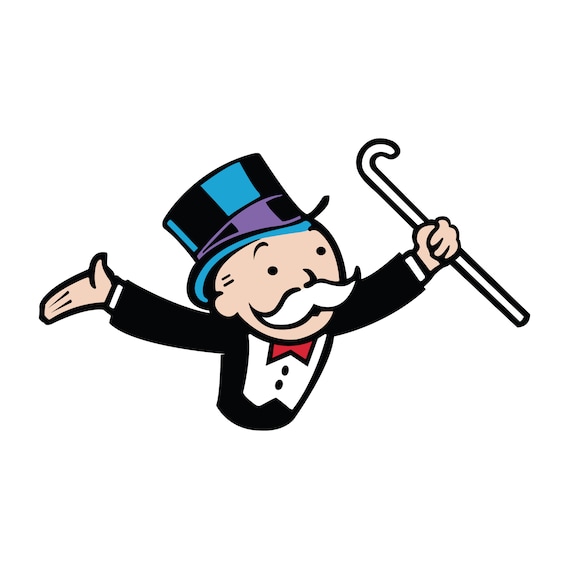
The political cartoons show some of the frustrations and fears of everyday people living in the time of rapid industrialization. Most cartoonists were associated with a particular magazine, such as Puck, Harper's Weekly, or The Verdict. There were many other popular cartoonists, representing all sides of each political issue. The most noted of the political cartoonists of the time was Thomas Nast (1840–1902 see "Did you know …" section) who was especially noted for his cartoon attack on the political corruption in New York City. But it was also due to the intensity of political feelings and conflicts at the time. This was partly because of new publishing technology that allowed them to be produced for mass circulation in inexpensive weekly or monthly magazines. It urged the colonies to join together to fight against common enemies and would eventually become a symbol for the American Revolution (1775–83), when the American colonists fought England to win their independence.ĭuring the Gilded Age, political cartoons became a popular means of expression. The cartoon depicts a snake divided into eight parts, each representing one of the colonies. The first political cartoon in the United States is thought to be Benjamin's Franklin's drawing called "Join or Die," published in his Philadelphia newspaper, the Pennsylvania Gazette, in 1754.

By the eighteenth century, political cartoons had become an established means of commenting on many kinds of political issues, as well as people, in Europe. These drawings exaggerated their subjects' prominent physical characteristics or personality traits in a humorous way that tended to ridicule the subject, affectionately or with malice. Political cartoons have their roots in fifteenth-century Italy, where artists drew caricatures of important political and religious figures. Public dissatisfaction with the power of the giant trusts was vividly and intensely expressed in political cartoons, which were extremely popular during the Gilded Age. Though many state governments tried to regulate business, the trusts could avoid the state regulations by moving their headquarters to another state, and the federal government continued to follow its long-standing policy of not interfering. To most people it seemed that there was no law or organization strong enough to break the trusts. As the trusts got bigger and stronger, they were able to buy out more and more of their competition, and the wealth became concentrated in just a few huge corporations, especially in transportation and heavy industry (industries that manufactured on a large scale with the use of complex and expensive machinery). Of particular concern were the giant trusts, which were groups of companies within an industry that joined together under one board of directors-called trustees-in order to reduce competition and control prices. In the latter part of the Gilded Age (the era of industrialization from the early 1860s to the turn of the century in which a few wealthy individuals gained tremendous power and influence), a growing number of the American population became alarmed about the increasing power of big business. Originally published in The Verdict (January 22, 1900) That may just be the stuff of science fiction, but scroll on to find out if any of these mind-blowing Mandela effect examples got you too.Originally published in Harper's Weekly (October 20, 1888) Needless to say, no one is exempt from being stumped by the strange occurrences, and some even go so far as believe them as some sort of proof of alternate realities.

Other people related to her in remembering things not exactly in the way that they happened, from spellings of your favorite snack brands all the way to important events that happened the year they were born. And it was named by paranormal researcher Fiona Broome, who wrongly recalled that late South African president, Nelson Mandela, had died in the 1980s after his imprisonment, when in fact, he passed in 2013.Īpparently, misremembering events and facts isn’t just exclusive to Broome. This eerie phenomenon where people collectively misremember events, historical facts and other famous pop culture moments is called the Mandela Effect. And as shocking as this discovery may feel in this very moment, you are actually not alone.

If you remember Dorothy’s famous line in The Wizard of Oz as, "Toto, I don't think we're in Kansas anymore,” you would, in fact, be wrong.


 0 kommentar(er)
0 kommentar(er)
